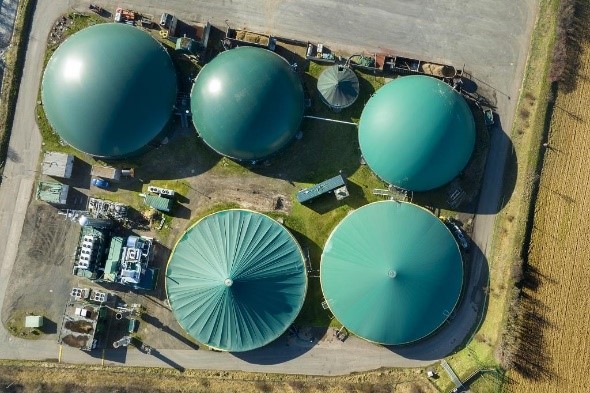Free Courses Sale ends Soon, Get It Now


Free Courses Sale ends Soon, Get It Now



Disclaimer: Copyright infringement not intended.
Context
Biogas
Compressed Biogas
The government of India has set a target to increase the share of gas in the energy mix up to 15 percent in 2030 to make India a gas-based economy.
Benefits of CBG
There are multiple benefits from converting agricultural residue, cattle dung and municipal solid waste into CBG on a commercial scale:
Scheme to promote CBG in India: SATAT
|
PRACTICE QUESTION Q. Consider the following statements: 1. Compressed Bio-Gas (CBG) has methane content of more than 90%. 2. CBG is exactly similar to commercially available natural gas in its composition and energy potential. Which of the above statements is/are true? (a) Only 1 (b) Only 2 (c) Both 1 and 2 (d) Neither 1 nor 2 Correct Answer: c- Both 1 and 2 |
© 2024 iasgyan. All right reserved